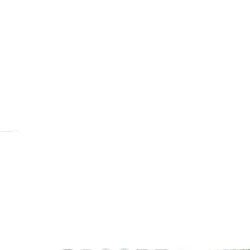Although the government’s health insurance scheme has been extended to all 77 districts in the country, only 20% of the total population has been covered by the scheme so far.
The programme, which aims to ensure universal access to quality health services, was launched in mid-July 2015 from three districts – Baglung, Kailali and Ilam – as a pilot programme.
Officials of the Health Insurance Council, which falls under the Ministry of Health and Population, admit that despite the scheme’s rapid expansion across the country in a short time, the percentage of people covered by the scheme is very low. .
In addition, the rate of abandonment or renewal of the device is less than 50%.
“The number of people covered by the health insurance scheme is dismal,” said Dr. Damodar Basaula, executive director of the Health Insurance Fund. “Various factors are responsible for the dismal participation of the general public in the program.”
According to data provided by the Council, 5,304,270 people – or 20.3% of the total population of 1,508,514 families – have registered for the programme.
Of the total number of people who registered their names for the service, 20,89,599 (39.39%) received services under the program from 441 health facilities – state-run, private or designated by the community.
The government itself pays the insurance premium for certain groups – those living below the poverty line in 26 districts, people over the age of 70, family members of people living with HIV, people with disabilities and those suffering from leprosy and multidrug-resistant tuberculosis. The government also provides a 50% discount on the annual premium paid by family members of female community health volunteers.
Under the scheme, a family of up to five members must pay Rs 3,500 for treatment, including medication, checkup and counselling. Either one member of the same family of five members can use the insurance cover worth Rs 100,000 per annum or the amount can be split among five members. Similarly, a family of more than five members must add Rs700 per additional member for health insurance coverage of up to Rs200,000.
Persons covered by the insurance policy can benefit from the health care services of the designated health institutions upon presentation of their identity cards. Expenses incurred by health establishments are reimbursed by the Health Insurance Fund.
Experts say the dismal participation of the general public and the program’s high drop-out rate are cause for concern.
Lack of awareness of the program, government apathy to categorize people living below the poverty line in all districts, poor service delivery in health centers affiliated to the program, lack of drugs in hospital pharmacies, lack of health care providers year-round trained health care workers in health facilities and lack of equipment in health facilities are seen as one of the main reasons for the low public response to the program.
“Risks of program drop-out increase when people enrolled in the program do not need health services in a given year,” said Baburam Khanal, the council’s undersecretary. “If policyholders don’t need health care services in a given year, they think their money has been wasted.”
People enrolled in the scheme have to pay their insurance premium every year and even if they do not use the services, they do not receive any reimbursement.
Doctors say it is the responsibility of relevant authorities to ensure quality health care services, trained human resources in health facilities throughout the year and to deal with all health care issues. health insurance to increase public participation in the scheme.
Officials said that although the scheme is categorized as “health insurance”, it is a social security program, which aims to ensure universal access to quality health care services.
“Even though not everyone needs the services, it is a relief for those who need them and cannot spend Rs 100,000-200,000 on medical expenses,” Khanal added. “We haven’t been able to get people to understand these aspects because it will be helpful when we or our family members need medical treatment.”


